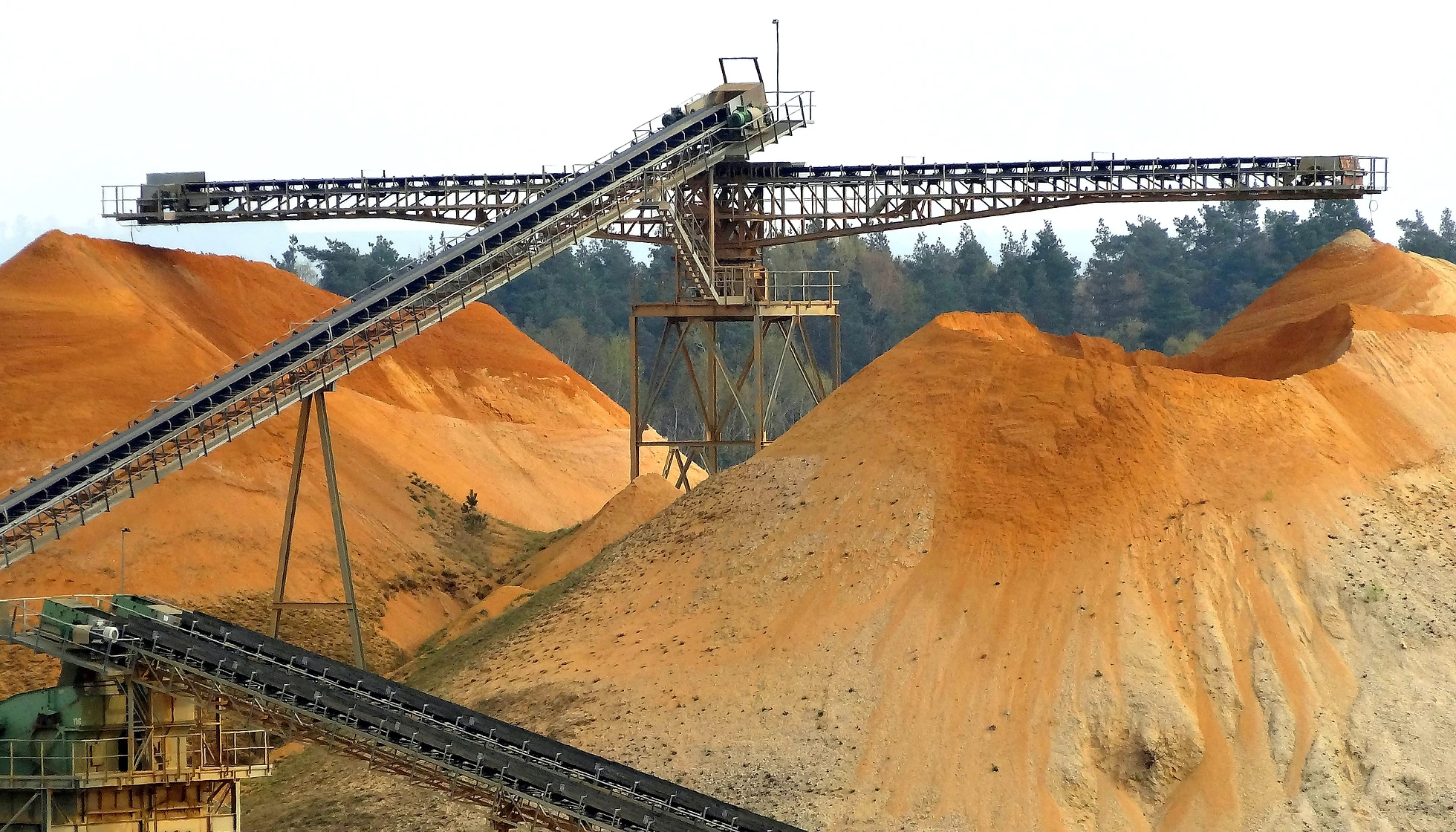Forfeiture of Mining Locations
INTRODUCTION
Forfeiture is a legal process that allows the Mining Commissioner to take away a mining location from an unproductive owner and open it up for relocation or acquisition by another individual. Loosely interpreted, forfeiture is the loss of one’s mining location due to non-compliance with the law. It is one of the many tools that are available to the Government to enforce the “Use It or Lose It Policy” in line with the thrust to develop a US$12 billion mining industry by 2023.The aim is to encourage productivity and deter would be speculators from holding onto mining locations for speculative purposes.
Lately however there have been several reversals of forfeiture by the Courts, due to the shortcomings of the forfeiture process in the Mines and Minerals Act (Chapter 21:05), particularly with the advent of the Constitution in 2013 and the Administrative Justice Act (Chapter 10:28). The solution however is not to do away with the forfeiture process, but rather to strengthen the legal provisions on forfeiture in the ongoing amendments in the Mines and Minerals Amendment Bill.
This article aims to conscientize mining location holders on their legal obligations to maintaining and preserve their mining title as provided for by the Mines and Minerals Act. This article also considers the method employed in the forfeiture process of blocks of claims for gold mining, although other types of mining title for different minerals can also be forfeited. The article proposes amendments that should be made to the forfeiture process in the Mines and Minerals Act.
MEANING OF FORFEITURE
After an individual or entity has acquired mining rights as provided for by the Mines and Minerals Act, he has an obligation to obtain an annual Inspection Certificate to avoid “forfeiture” of that mining location. The preservation of mining rights is provided for under sections 197 and 198 of the Mines and Minerals Act.
Forfeiture is provided for in Section 260 which states that:
“Failure to obtain an inspection certificate within the period prescribed therefor shall, unless a protection certificate has been obtained under section 217 in respect of such block, render liable to forfeiture the block in respect of which such failure has taken place.”
The use of the words “render liable” give the Mining Commissioner discretion on whether or to forfeit a mining location. In practice it has resulted in a lot of confusion where for example an individual holds title to twenty blocks and only three are forfeited. Consequently, it has been interpreted as a conduit for corruption as the reasoning would be all the blocks and not some of the blocks ought to be forfeited as they all have the same circumstances. There is need to amend the section to remove the discretion of the Mining Commissioner, by deleting the words “render liable” and replacing them with “shall be liable”, thus making the application of the provision peremptory.
FORFEITURE PROCESS
The description of the forfeiture process is as provided for in Section 272(1) which states that:
“Lists of registered mining locations which have been abandoned or forfeited in terms of this Act shall from time to time be posted on a board to be exhibited in some conspicuous way outside the office of the Mining Commissioner, and any such location maybe relocated after the expiration of 35 clear days from and exclusive of the date of posting of the notice relating thereto, unless the declaration of the forfeiture is revoked in terms of this section or in the said notice it is upon instruction of the Secretary otherwise provided.”
Once a mining location has been deemed forfeited, recourse can be had in the provisions of section 272 which deals with the relocation of abandoned, forfeited or cancelled locations and reinstatement of forfeited locations. Section 272(3) provides
for a reversal of forfeiture which is termed “revocation”. Revocation is an application that is made within 21 days of the posting of the list of the forfeited mining locations and payment of a prescribed fee to the Mining Commissioner. This will result in the Mining Commissioner revoking the declaration of forfeiture.
SHORTCOMINGS OF THE FORFEITURE PROCESS
Section 272 has not withstood the legal onslaught that has been as a result of the lagging behind of the archaic and outdated provisions of the Mines and Minerals Act. The section requires a total overhaul as its wording is ambiguous.
In the case of Fidelity Printers and Refiners vs John Nyevera, the Supreme Court raised concerns on the provisions of section 272 as being in wanton disregard of the principles of natural justice enshrined in the Administrative Justice Act. This is further buttressed by Section 68 of the Constitution as it protects the right to administrative justice.
Section 260 reads that failure to pay inspection fees may render a block “liable to forfeiture”. A literal interpretation of this provision is that a block “may be” forfeited, and not that “shall be” forfeited. Therefore, the criteria for forfeiting a block for non-payment of inspection fees is at the discretion of the Mining Commissioner, making it susceptible to abuse and cherry picking of earmarked blocks. Legally, the exercise of any discretion entails the right to be heard that is the audi alteram partem rule. Section 260 does not provide an opportunity of the holder to be heard; the decision made by the Mining Commissioner in this instance is arbitrary and a violation of the holder’s rights.
Whilst it is not practical to notify each and every holder of a mining location using individual notices due to the sheer number and volume of mining locations, there should be some form of compromise. Although the provisions do not expressly provide for personal service of notice or registered post as with mining leases, the Administrative Justice Act imposes a duty on Administrative Authorities such as the Mining Commissioner to give notice before making an adverse decision that results in the deprivation of one’s rights.
There arises an unmistakable legitimate expectation that before an Administrative Authority acts in an adverse manner the intended recipient of such conduct should at least be allowed the common courtesy of due notice.
Section 272 describes the method of forfeiture as entailing posting on a notice board from “time to time”. There is no set date or time upon which such notice is given. The use of the words “from time to time” is vague. In amending these provisions, it might be prudent to state a day of the month or week upon which forfeiture lists are periodically posted.
It cannot conceivably be deemed to be reasonable or sufficient for the Mining Commissioner, as an Administrative Authority, to simply affix a notice in some conspicuous way on a board outside its offices. The holder of a mining location cannot in all honesty be expected that by some stroke of luck to bump into a forfeiture notice from “time to time”. The law does not place a legal obligation on holders of mining locations to constantly check for notices on a board outside the office of the Mining Commission: this is unrealistic.
RESPONSIBILITIES OF THE MINING COMMISSIONER AS AN ADMINISTRATIVE AUTHORITY
The conduct expected of an Administrative Authority is clearly spelt out in the Administrative Justice Act. For such conduct to be deemed lawful it has to encompass the following:
a. Providing adequate notice detailing the nature and purpose of the intended decision;
b. Acting lawfully within a reasonable period if no period is prescribed by the law;
c. Supplying written reasons for decisions taken within a reasonable period; and
d. Advising an affected person of any right of appeal or review.
Section 272 gives the Mining Commissioner many discretionary powers which if left unchecked will result in arbitrage in the mining sector. The forfeiture process ought to detail mandatory provisions that should apply in the face of a breach of the provisions laid down on how to lawfully preserve mining rights/title thus making the process water tight and non-justiciable except for lack of compliance with laid down procedures and not because it falls foul of the principles of natural justice. It should not be open to doubt or any ambiguity, that mining locations shall be forfeited on a specified date and the notice of such mining locations shall be put up for a specific period before being taken down.
Currently there is an untenable situation where mining location holders are rushing to the Courts and having such forfeitures declared null and void. It therefore becomes problematic as the said mining location will have been deemed to be abandoned and relocated through re-pegging to another individual or entity.
CONCLUSION
The findings of the Supreme Court in the case of Fidelity Printers and Refiners vs John Nyevera are still extant as they have not been challenged. Therefore, the current forfeiture process is ultra vires the Administrative Justice Act and the Constitution. There is need to amend the Mines and Minerals Act to include generally accepted principles of natural justice as enshrined in the Administrative Justice Act through the ongoing amendments in the Mines and Minerals Amendment Bill in order to produce a modern and updated piece of legislation that will push the mining sector towards on an upward trajectory.
Author
-

Partner & Head: Natural Resources and Immigration (TITAN LAW) LLBs (Hons) UZ Practice Areas: Mining Law, Energy, Agriculture, Commercial Law, Immigration Law, Contract Law
View all posts





